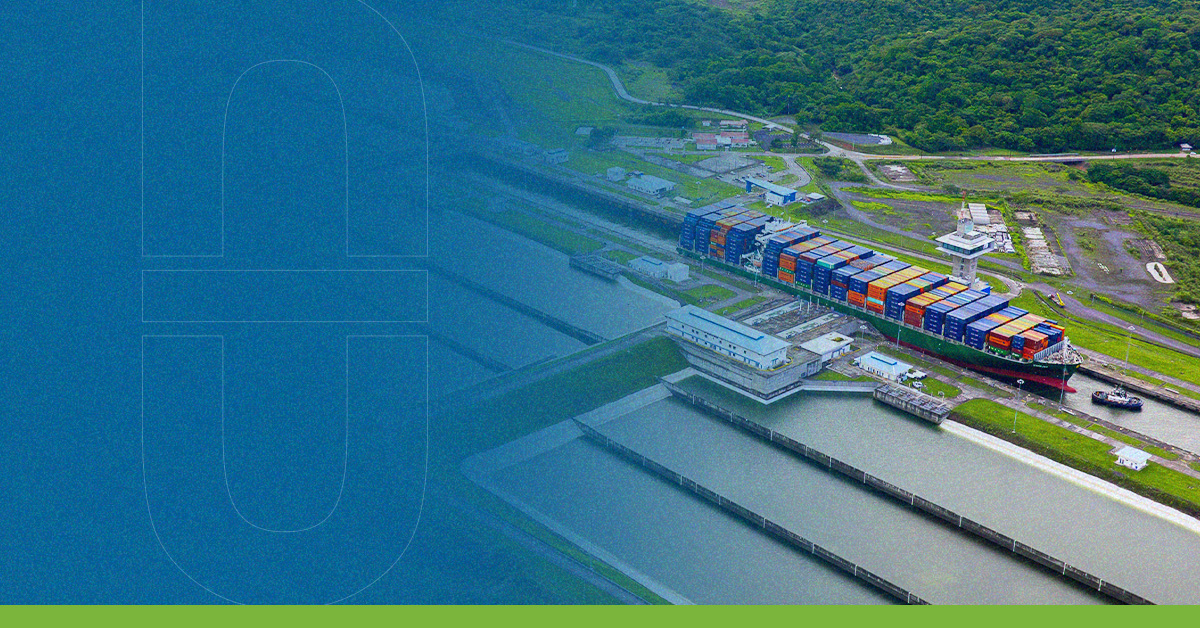The hub and spoke model has been a highly beneficial change in terms of logistics, allowing the delivery of packages in a much shorter time and therefore, providing notable benefits to companies thanks to the reduction of operational costs and higher volumes of shipments. But what does this logistics model consist of and what are its benefits?
What is the hub and spoke logistics model?
It consists of having a main facility or warehouse (the hub or central node) that allocates packages to “secondary warehouses” that in turn delivers the merchandise to either distributors or final customers. We may see this as a departure from the traditional shipment of goods from a sole warehouse to their ultimate destination, that is a linear delivery from point A to point B with no other warehouse facility in between
In short, the model’s primary task to increase efficiency in delivery times and, in turn to considerably reduce the loss or deterioration of the goods to be delivered. Something more prone to happen in the traditional model that for decades had been mainly the only option in terms of logistics.
Advantages of the hub and spoke in today’s logistics
This logistics model solves many of the problems related to the shipment of packages, such as long waiting times, higher operating expenses due to poor coordination between the company and the carriers or directly the loss or deterioration of the goods as a result of the above. In this context, the model offers a series of advantages that will undoubtedly improve the efficiency and competitiveness of your company.
Improvements in the efficiency of shipments
One of the great advantages of implementing this model in logistics processes is the definite improvement in terms of sending and receiving packages in a faster and more orderly way.
Lower operational costs
In terms of benefits, the reduction of operational costs after the implementation of this model is perhaps the most visible advantage , since the synchronization between the central warehouse and the secondary warehouses is perfected, thus avoiding unnecessary expenses due to errors in the process of both preparation and shipping of the packages.
Better route planning
Thanks to the fact that the warehouse or main hub will be focused on delivering the packages to the rest of the secondary or regional warehouses, shipping routes are simplified, leading to more rational, accurate delivery and reception processes with a much lower cost for the company in charge of these services.
Greater satisfaction in distributors and end customers
Finally, the satisfaction of both distributors and end customers increases because now they will receive their packages sooner, and in a better state of conservation thanks the shorter stay in warehouses or vehicles before reception
In short, the hub and spoke model offers companies a simplification in logistics processes and a reduction in operating costs that were previously unthinkable, allowing to focus on other key aspects of the business. At ONUS Insurance we know that your merchandise is your investment, contact us and let us help you find the ideal logistics risk coverage for your company.
Source:
“¿Qué es un Hub logístico?”. Tradelog.
https://www.tradelog.com.ar/blog/hub-logistico/
“Hub y Spoke”. LIS.
https://www.lis.eu/es/lexikon/hub-and-spoke/
“El ‘hub and spoke’ centraliza la distribución de mercancías”. MECALUX.
https://www.mecalux.com.mx/blog/hub-and-spoke
“Hub-and-Spoke”. Universidad Politécnica de Valencia.
https://ingenieriaaeroportuaria.blogs.upv.es/2013/06/28/hub-and-spoke/




